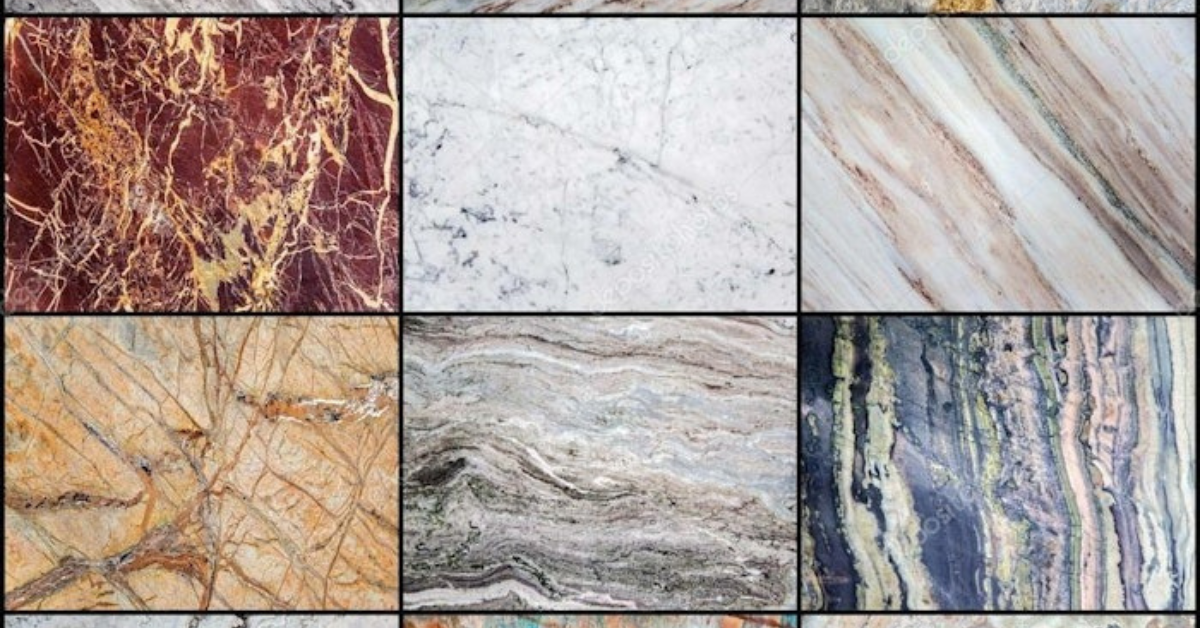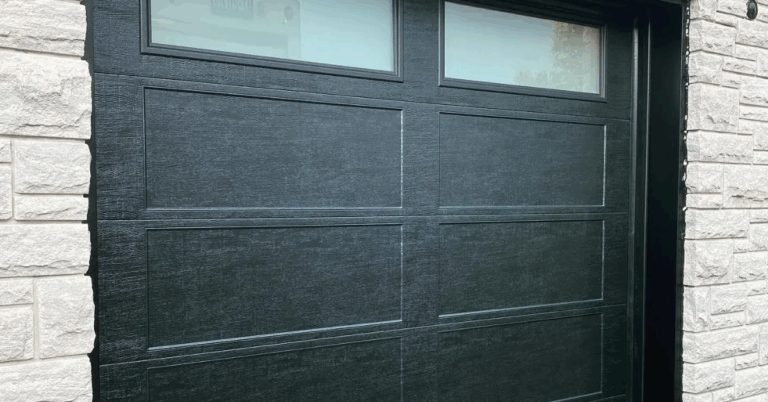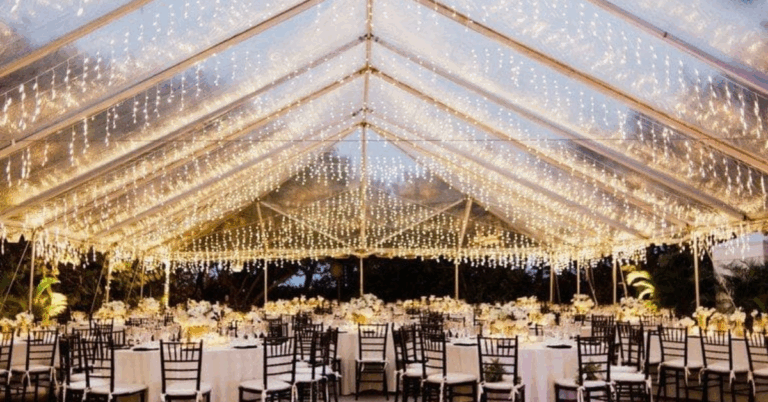Understanding Marble Stone Price: Factors and Trends
Marble has long been revered for its elegance, durability, and timeless beauty, making it one of the most popular choices for various construction and design projects. Whether you’re renovating your home or working on a new project, understanding Marble Stone Price is essential in budgeting and making the right choice for your needs. Marble is a versatile material used in countertops, flooring, wall cladding, and sculptures, among other applications, which has contributed to its widespread use in both residential and commercial projects.
In this article, we’ll explore the factors that influence marble stone prices and the current trends in the market to help you make an informed decision when purchasing marble.
Factors Affecting Marble Stone Price
Marble prices can vary significantly depending on several key factors. Understanding these factors will allow you to better assess costs and choose the best marble for your project.
Quality of the Marble
The quality of marble is one of the most significant factors in determining its price. Higher-quality marble is often rare, making it more expensive. Quality can be evaluated based on factors such as:Veining: Marble with unique or intricate veining patterns is often priced higher due to its aesthetic appeal.
Color: Marble comes in various colors, including white, cream, grey, and even black or green. Some colors are rarer and more in demand, thus influencing the price.
Finishing: The way the marble is finished can also affect its price. Polished marble generally costs more than honed or matte finishes, due to the labor and time involved in achieving a high-gloss finish.
Origin and Source
The region where the marble is sourced plays a crucial role in its price. Some countries, such as Italy, India, and Turkey, are known for producing high-quality marble. Marbles from specific regions, such as Italian Carrara marble, often carry a premium price due to their history, tradition, and reputation for excellence. Importing marble from distant regions may also add additional costs, increasing the final price.Rarity and Availability
The rarity and availability of a particular type of marble will directly impact its cost. Marbles that are rare or have distinctive characteristics, like unique color tones or rare patterns, tend to be more expensive. Additionally, some marbles are produced in limited quantities, making them more exclusive and driving up demand and price.Size and Thickness
Larger and thicker marble slabs cost more due to the increased material used in production. For example, if you’re looking for large-format marble tiles or slabs for countertops or flooring, expect to pay a higher price compared to smaller tiles or thinner pieces. Additionally, custom-sized slabs or tiles may cost more than standard-sized options.Surface Area
The overall surface area required for your project will also affect the price. Larger areas, such as a marble flooring installation for a large room or expansive countertops, will require more marble, thus raising the overall cost. Smaller projects, like vanity tops or accent pieces, tend to have lower material costs.Demand and Trends
Like any other commodity, the price of marble is influenced by demand and market trends. For example, if there is a surge in demand for a specific type of marble due to its popularity in design trends, the price may increase. Marble that is in high demand for luxury properties, modern interiors, or commercial buildings will often be priced higher.Labor Costs
The cost of labor is another factor that influences the price of marble. The intricate work involved in cutting, polishing, and installing marble requires skilled labor, and this expertise comes at a cost. Complex installations, such as marble cladding or custom countertops, may involve higher labor costs, which can contribute to a higher overall price.Shipping and Handling
Shipping marble from quarries to suppliers or directly to a construction site involves handling large and heavy materials. The cost of shipping, especially if the marble is imported from another country, can add a significant amount to the overall price. Local sourcing and minimal handling tend to keep costs lower.
Current Trends in Marble Pricing
In recent years, the marble industry has experienced a variety of trends that have influenced pricing. As the demand for luxury materials continues to rise, many consumers are seeking exclusive and unique marble types to add sophistication to their interiors.
Sustainability Concerns: As with many natural stones, sustainability is becoming a critical issue in the marble industry. Sustainable mining practices and the use of eco-friendly materials are gaining importance. While these efforts are essential for environmental preservation, they can sometimes lead to higher marble prices.
Technological Advancements: The development of advanced cutting and processing technologies has made it easier to produce marble at a more efficient rate. While this has allowed for some cost reductions, high-tech machinery often still requires significant upfront investment, which can reflect in the price of the stone.
Shift Toward Contemporary Designs: Consumers are increasingly opting for modern and minimalist marble designs, such as sleek white marble with minimal veining or bold black marble with contrasting patterns. These styles may command a premium due to their aesthetic appeal in contemporary design trends.
Marble Price Range
While marble stone prices vary widely based on the aforementioned factors, it’s essential to understand the general price ranges you can expect. Typically, marble prices can start from as low as $30 per square foot for standard-quality marble and go as high as $200 or more per square foot for premium, high-end marble varieties. The cost of installation should also be factored in, with professional installation fees ranging from $10 to $20 per square foot, depending on the complexity of the project.
Conclusion
Understanding the factors that contribute to marble stone prices will help you make better decisions when planning your project. Whether you are renovating your home, designing a luxury property, or working on a commercial venture, it’s essential to balance your budget with your design goals. Keep in mind that while marble can be a significant investment, its beauty, durability, and timeless appeal make it well worth the cost for many.







